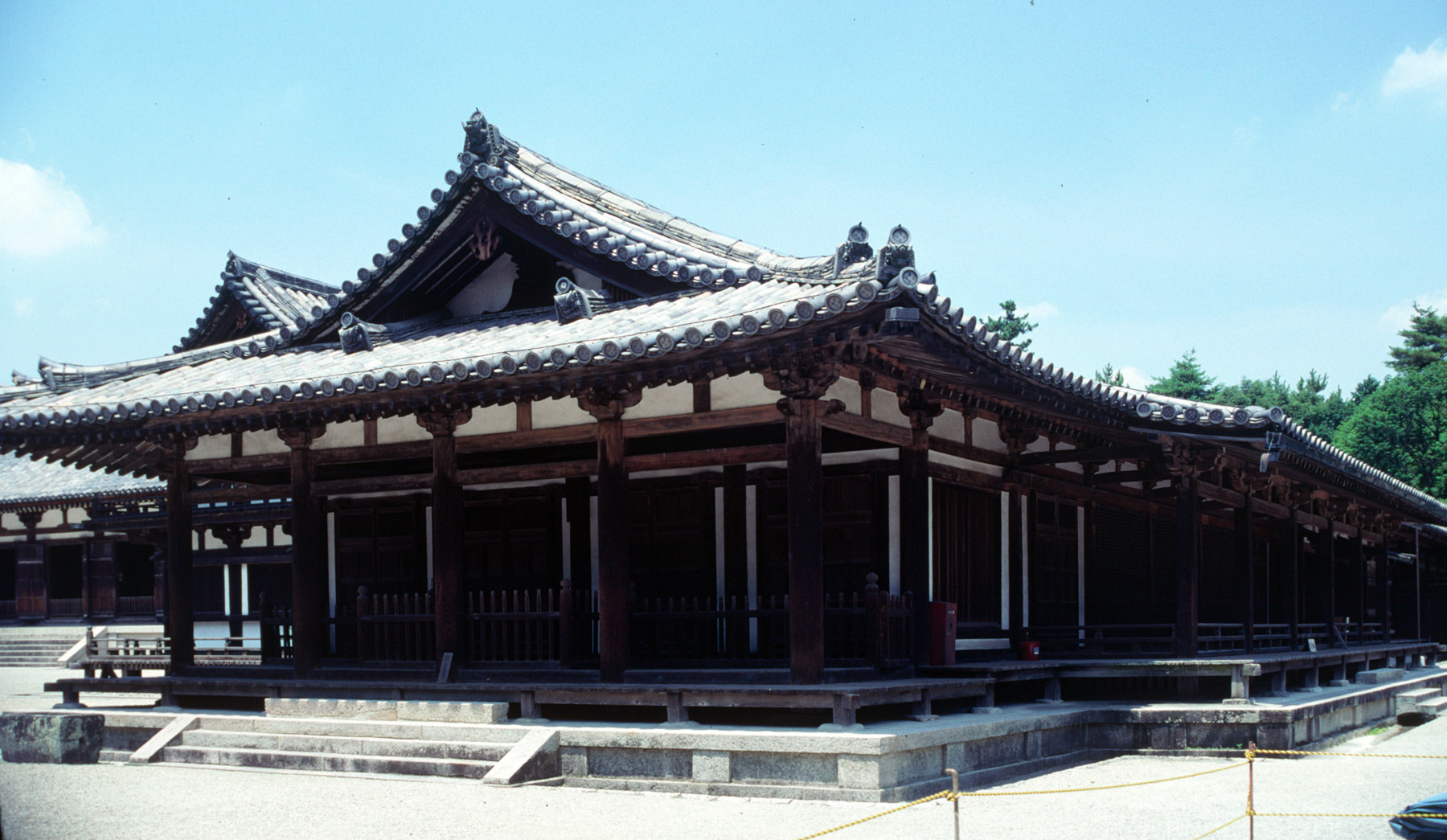
Mention has been made several times on this website of the legacy,
philosophy, and teachings of Shimabukuro Hanshi, so it seems
appropriate to outline some of their major elements.
To begin with, there are the major types of Japanese and Okinawan budō that
Shimabukuro Hanshi taught to his students. These include: Shitō-Ryū
Karate-dō, Okinawa Kobujutsu,
Musō Jikiden Eishin-Ryū Iaijutsu,
Shindō Musō-Ryū Jōjutsu,
and
Ono-Ha Ittō-Ryū
Kenjutsu.
In addition to these major styles of budō, Shimabukuro Hanshi also
taught several of the ancillary arts (fuzoku ryū) associated with
them, including Uchida-Ryū Tanjōjutsu,
Shindō-Ryū
Kenjutsu, and Ikkaku-Ryū Tessenjutsu
and Juttejutsu. Not all of Shimabukuro
Hanshi's students trained in all of these arts, but most trained in
more than one of them.
To each of the arts he taught, Shimabukuro Hanshi brought the
sum total of his training in all of those arts, as well as a profound
understanding of the origins and philosophy guiding the use and purpose of each.
The most notable example of this was his unique depth and breadth of understanding of
karate-dō. His introduction to the art of karate was
as a student of Shōrinji Kempō under that system's founder, Sō Dōshin.
Shōrinji Kempō is characterised by its blend of gōhō ("hard"
striking techniques) and jūhō ("soft" grappling techniques) into a unified
system. After two years of training in Shōrinji Kempō,
Shimabukuro Hanshi became a direct student of Hayashi Teruō, the founder of
Hayashi-Ha Shitō-Ryū karate. Hayashi-Ha Shitō-Ryū
is itself a blend of Shito-Ryu as taught to him by Kuniba Kōsei, a senior
student of Mabuni Kenwa, and Ryūei-Ryū, an Okinawan style unique to the
Nakaima family. A major emphasis of Hayashi-Ha is tournament
competition, especially kumite (sparring), so Shimabukuro Hanshi became a strong competitor and a
trainer of tournament champions.
In 1993, Shimabukuro Hanshi and Pellman Shihan
performed an iaidō demonstrations at Ozawa Osamu's Las Vegas international
karate tournament. Another guest at that tournament was
Mabuni Kenzō, son of Shitō-Ryū founder, Mabuni Kenwa.
Shimabukuro Hanshi asked Pellman Shihan to attend one of
Mabuni Sōke's training sessions and report his observations about it.
He did so again in 1994, after which Shimabukuro Hanshi held a series
of discussions with Mabuni Sōke that resulted in the JKI formally
affiliating with Mabuni Sōke's Seitō Shitō-Ryū organisation in 1995.
Mabuni Sōke's approach to karate instruction was nearly the
opposite of Hayashi-Ha. Mabuni Sōke was resolutely
opposed to treating karate as a sport, instead insisting that "karate is for killing"
and should be practiced with the mindset that every technique is potentially
disabling or lethal. Over the next ten years, Shimabukuro Hanshi
drastically altered his approach to teaching Shitō-Ryū and greatly reduced
his emphasis on tournament competition, focusing instead on bunkai
(technical analysis) and ōyō (practical application in
life-or-death combat). By combining his knowledge of Shōrinji Kempō,
Hayashi-Ha Shitō-Ryū and Seitō Shitō-Ryū, Shimabukuro Hanshi developed a
unique approach to karate training that we now call Shimabukuro-Ha
Shitō-Ryū.
Shimabukuro Hanshi's knowledge of budō was truly
encyclopedic. He usually had to perform a technique or even an entire
kata only once to remember it and be able to repeat it flawlessly.
He also had a remarkable gift for being able to apply the principles of one
style or art to another, meaning that his understanding of one art or style
was the fusion of his knowledge of several other arts and styles.
These abilities not only produced Shimabukuro-Ha Shitō-Ryū as a distinct
branch of the Shitō-Ryū style, but made his approach to Okinawa
kobujutsu, iaijutsu, kenjutsu, jōjutsu, and
other arts uniquely his. One of the more obvious examples of
this was his approach to Okinawa kobujutsu. Although most of his
formal instruction was in Hayashi Teruō's Kenshin-Ryū,
Shimabukuro Hanshi knew and taught to interested students at least a dozen kata derirved from
other systems. His Okinawa kobujutsu was thus an eclectic
blend exclusively his own and grounded in the fundamentals of stance,
alignment, posture, and movement of several forms of budō.
The common thread in all of Shimabukuro Hanshi's budō
instruction, however, was combat effectiveness. To
Hanshi, posture, stance, footwork, kamae (physical
structure), alignment, and technical correctness only had value insofar as
they produced techniques that actually work in real combat against a
well-trained, proficient opponent who is trying earnestly to kill you.
All of his instruction, especially in the last decade of his life,
emphasised realism and combat effectiveness over form and appearance.
"There is no point looking good while you get killed. Better you look
terrible and survive."
For a more biographical information about
Shimabukuro Hanshi please
click here.
 The
organising committee began moving forward with the endeavor on 01 October 2022. As
of this writing (15 October 2022), the Jikishin-Kai International has been
registered as a non-profit organisation in the state of Texas, and we are
developing our Constitution and By-Laws, operating procedures, policies, and
initial budget at this time. Our goal is to have the revived JKI fully
operational effective 01 January 2023.
The
organising committee began moving forward with the endeavor on 01 October 2022. As
of this writing (15 October 2022), the Jikishin-Kai International has been
registered as a non-profit organisation in the state of Texas, and we are
developing our Constitution and By-Laws, operating procedures, policies, and
initial budget at this time. Our goal is to have the revived JKI fully
operational effective 01 January 2023.



